
Fish need to be compatible, so be certain your breeders are the correct age and size. Size matters, specifically with regards to tanks. So be sure yours is roomy enough for courting and that the water is fresh and clean. Stock your tank with the right ratio of male to female fish. For some varieties, just a little competition may be a turn-on or a turn-off.
When everything's performed just suitable, the fry (newly hatched fish) will follow.
Keeping them alive is another story. Fish fry are generally food for other fish. And some fish eat their own young. To maintain the small ones safe, relocate the adults to a different tank right after they've laid their eggs or released their fry. You will discover, yet, some notable exceptions. For instance, the anabantids or labyrinth fish whose members contain the georamas, fighting fish and paradise fish protect their eggs in floating bubble nests built by the males. The males guard these eggs against all would-be intruders, such as the mothers. When the eggs have hatched, the male's job is accomplished and he's off to spawn again.
Developing a fantastic Residence
Because of their immaturity and size, fry placed in tanks with poorly filtered water or poor lighting are much less likely to survive. Their immature immune systems make them rather susceptible to bacterial, fungal, parasitic and viral diseases.
Here's what you'll want to do: Check the water top quality. Water will need to be changed frequently, and ammonia and nitrite levels should be zero. Some fish prefer tough water, some soft check the requirements of your fish prior to setting up your tank. Many fish breeders use sponge filters - which remove ammonia and nitrite in their fry tanks. Tiny organisms, known as zooplankton, normally grow in and around the sponge, offering the fry with live food.
Check aeration. An excessive amount of a superb factor can harm the fry. In a modest tank, churning water may be dangerous to fragile fry. Check the thermometer.
Watch calcium levels. Lots of fish obtain their calcium directly from the water. Quite a few fish hatch as larvae with an attached yolk sac, which offers nutrition until the larvae are capable of feeding on their own. After that, baby fish should eat a minimum of four to six times a day given that they've extremely high metabolism and lack fully developed digestive systems.
Infusorians, which is essentially a plankton cocktail, is a different popular very first food. These cultures are often found growing in and around aged sponge filters.
Commercially ready fry foods might be utilized for some species.
Immediately after the very first few weeks, most fry might be weaned off live foods and on to dry, prepared diets. As soon as this occurs, the difficult part's over. But some fish, like cichlids, get extra aggressive as they get bigger and if they do not get far more space other fish could turn into lunch.
There are actually hundreds upon hundreds of tropical fishes, some of that are extra hard to rise than others. When you have no previous encounter in caring for fish, you'll want to start with the hardiest tropical fishes you can actually locate, for instance guppies and goldfishes. These fishes are generally considerably cheaper too, to ensure that it is possible to easily fish who die as you attempt to learn tips on how to correctly raise fish. When you have even more encounter, you could move on to additional high priced and much more delicate fishes which include angelfishes.
Many kinds of fishes have several spawning styles. Some will create bubbles near the surface of the water where they'll deposit the young, like the Siamese fighting fish or the betas. Some other people will deposit the eggs on the bottom of the tank. Some will require underwater plants where they will attach their young.
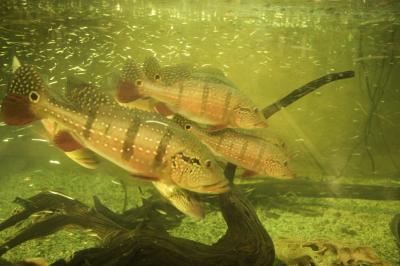 How to Kill Ich in a Fresh Water Fish Tank
How to Kill Ich in a Fresh Water Fish Tank
How to Kill Ich in a Fresh Water Fish Tank
How to Kill Ich in a Fresh Water Fish Tank
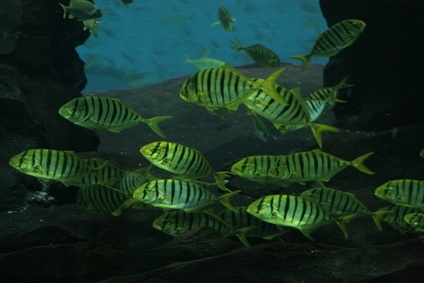 Freshwater & Saltwater Fish
Freshwater & Saltwater Fish
Freshw
Freshwater & Saltwater Fish
Freshwater & Saltwater Fish
Freshw
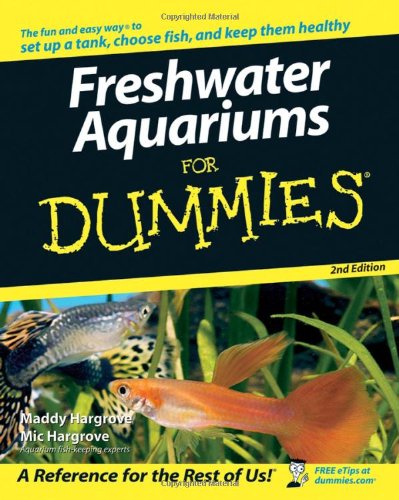 Advantages of a Freshwater Aquarium
Owning a freshwater aquarium
Advantages of a Freshwater Aquarium
Owning a freshwater aquarium
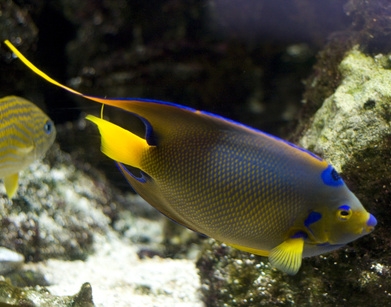 Signs of a Sick Fish
Signs of a Sick Fish
Signs of a Sick F
Signs of a Sick Fish
Signs of a Sick Fish
Signs of a Sick F
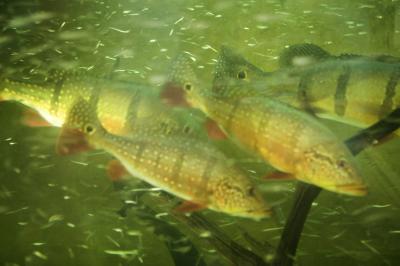 Cloudy Eyes on Aquarium Fish
Cloudy Eyes on Aquarium Fish
Cloudy Ey
Cloudy Eyes on Aquarium Fish
Cloudy Eyes on Aquarium Fish
Cloudy Ey
Copyright © 2005-2016 Pet Information All Rights Reserved
Contact us: www162date@outlook.com